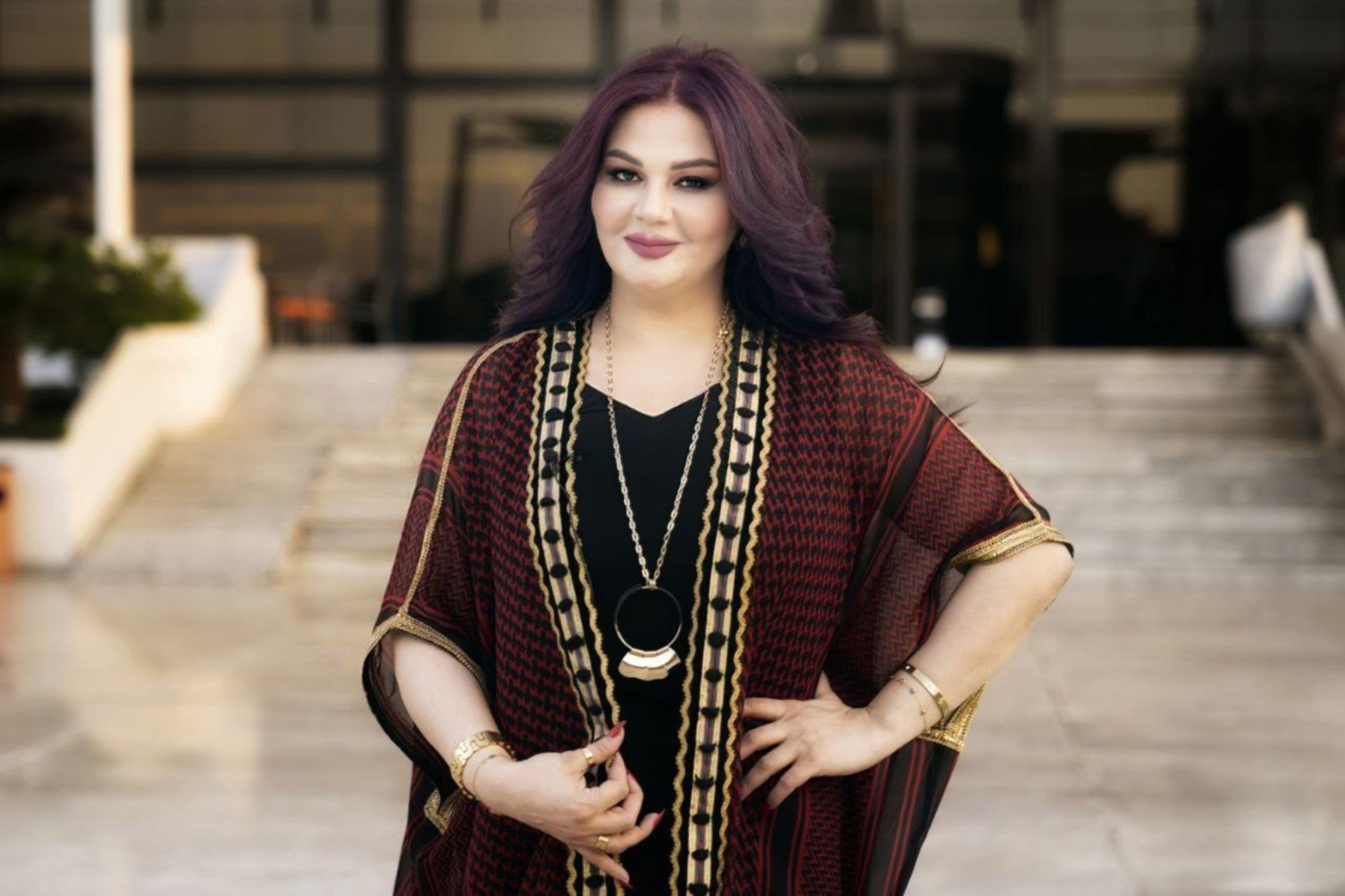Veteran Iraqi actress and talk show host Enas Taleb is moving to sue The Economist for using her picture as an example of “fat” women in the Arab world.
On July 28, The Economist ran a story on what it said is why women are so much “fatter” than men in Arab countries. The story, titled “Why women are fatter than men in the Arab world,” laid the blame primarily on cultural restrictions on women that hinder their access to exercise and outdoor spaces. To accompany the short report, The Economist chose a photo of Enas Taleb during her performance at Iraq’s annual cultural Babylon Festival, thus portraying Taleb as an example of such overweight.
During an interview with New Lines, Taleb said she was preparing to sue the publication. “I have decided to take legal action against The Economist for their cover story. I am demanding compensation for the emotional, mental and social damage this incident has caused me. My legal team and I are arranging the next steps,” she said.
Taleb has more than 9 million followers on her Instagram. Whether The Economist was at the time of publication aware of her popularity, especially among Iraqis, is unclear.
Taleb, 42, is a veteran of Iraqi TV dramas who began her career in locally produced shows at the age of 16. From 1996 to 2002, there were hardly any TV shows that did not include her as one of the main protagonists. She has appeared in ads and music videos in Iraq over the past two decades and is admired and respected among audiences and peers alike for her highly praised on screen performances and down-to-earth offscreen persona. Until The Economist used her image depicting “fat” Arab women, Taleb had largely remained distant from controversies, be they political, social or religious, unlike many other artists in Iraq’s entertainment scene. Also unlike many in the entertainment business, the married mother of two adolescent daughters has hardly changed her appearance over the years, eschewing the usual plastic surgeries that have become commonplace throughout the Arab world.
In reaction to the piece in The Economist, some readers voiced their incredulity at what they described as a double standard in the conversation about women’s bodies in the West versus in “other” cultures. Plus-size artists such as Lizzo and models like Ashley Graham are celebrated for their role in making the body-positive movement mainstream. A recent swimsuit issue from Sports Illustrated featured a plus-size model and was widely embraced for shattering the conventional body standards of the magazine. It is difficult to find an example of an internationally respected publication that has held up a photo of a “fat” Western woman as a means of shaming her.
The photo controversy comes on the heels of another one triggered two weeks ago by The Economist, when the publication depicted the back of a man wearing the traditional Saudi dress, with the agal, the black cord that surrounds the headdress, shaped to look like a stick of dynamite with a lit fuse. Reactions on social media from Iraq mostly expressed disappointment in The Economist’s choice of photo and story. One reader stated his dismay for Kenneth Roth, director of Human Rights Watch, for sharing the article: “I denounce this tweet from Kenneth Roth which uses a photo of a pioneer Iraqi actress and admired woman.”
Despite what some are decrying as a contemptuous tone, The Economist’s piece touches on some of the factors that contribute to the obesity epidemic facing the Arab world, where women in particular are affected. These do include the cultural restrictions (mentioned in The Economist) that make public spaces for women and girls less safe than they are for men and boys, along with a low percentage of women in the workforce. They also include factors not mentioned, like the lack of funding and initiative to promote sports in schools, an issue that affects girls more adversely since boys have plenty of opportunity to play impromptu sports in streets and back alleys, where girls are discouraged to go.
Also not properly examined in The Economist piece are other influences, like a culinary culture that encourages the overconsumption of carbohydrates, especially sweets and refined sugar, as exemplified by a rise of imported trends like junk food and sugary soda drinks that are not properly condemned by local health authorities. A general predilection for staying up late at night, which is common behavior throughout the Arab world, could also be an understudied factor contributing to the epidemic in the region.
Though private gyms are today more widespread than they were a few decades ago, female attendance remains small and limited to women from higher societal stratas.
“Audiences have loved me for many years. It was disappointing to see an international outlet label me as if all my accomplishments mean nothing. I am healthy and happy with the way I look, and to me that is all that matters,” Taleb told New Lines.
She added that the article felt like an insult to all Arab women.



